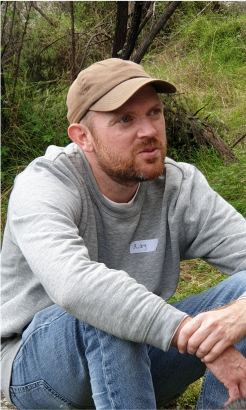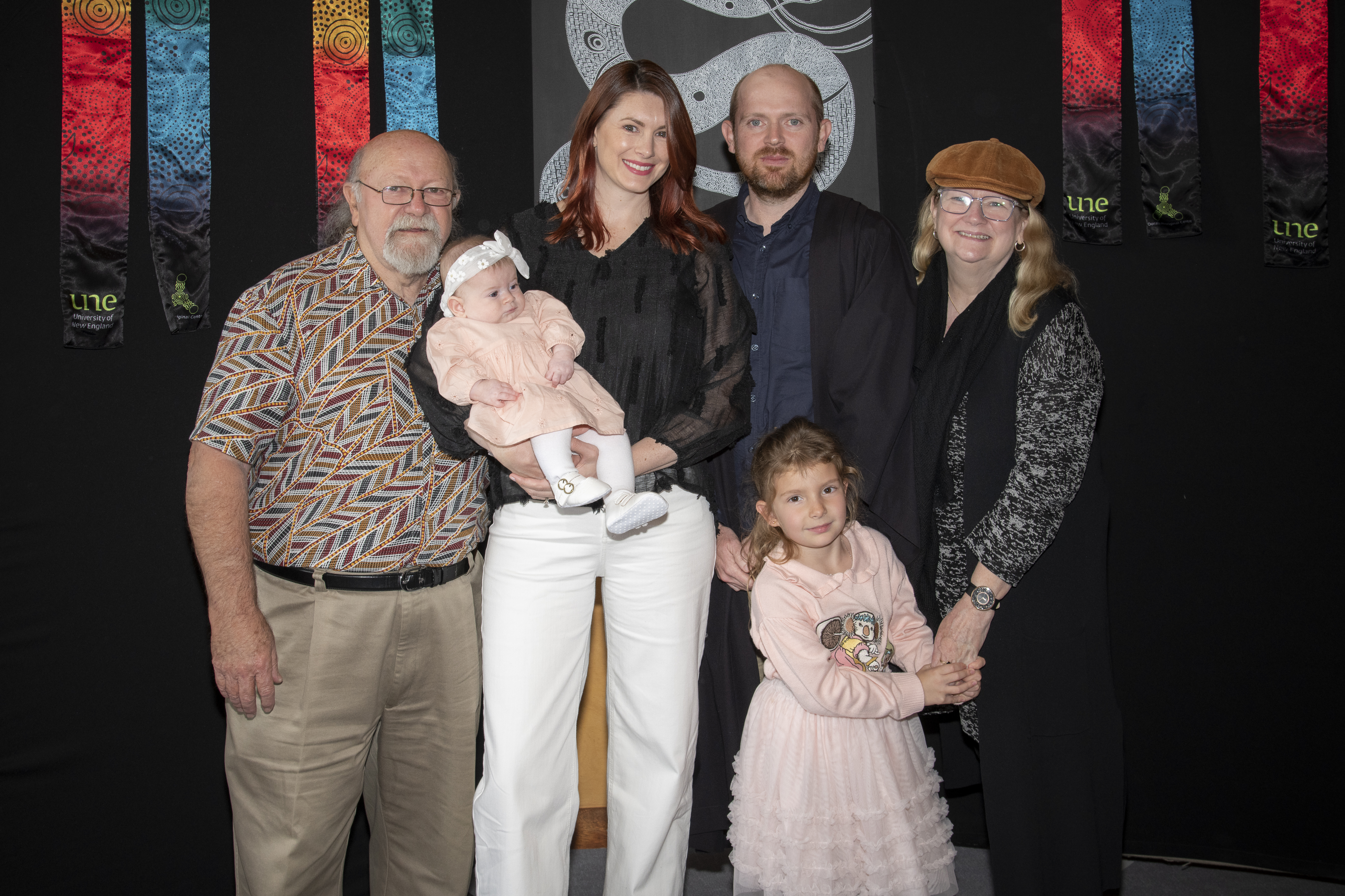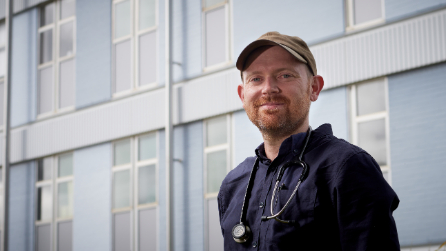Two chance encounters were just the right medicine for Riley Phillips when he was grappling with a major career change.
The first was fleeting, meeting an elderly Aboriginal man while working as an employment officer in his home town of Taree, on the mid North Coast of NSW. “I had a lot of older clients and there was this one particular bloke who had mental and physical issues who one day started to cry,” Riley recalls. “He didn’t need employment help; he needed medical help. But he didn’t know what help was available; that there were people called psychologists and mental health care plans. I helped get him in to see a GP.”

Riley had thought about studying medicine for years.
The second major influence was Dr Keith Gleeson, also an Aboriginal man, who worked as a locum at Taree’s Biripi Aboriginal Corporation Medical Centre and had begun studying medicine at a mature age.
“I’d had the idea of studying medicine in the back of my mind for five or six years but genuinely never thought I could do it,” Riley says. “After meeting Dr Keith, he kept saying to me ‘you could be a doctor’. We had many chats about how I would cope studying as an older student with a young family. He kept describing it as short-term pain for the long-term gain of a satisfying career.”
Riley had always loved meeting and engaging with people, and been frustrated that “there was only so much you could do” working in community services and child protection. “I wanted something more in-depth, where I could build a rapport with people and help improve the understanding of cultural differences, so I decided to give medicine a shot,” he says.
I wanted something more in-depth, where I could build a rapport with people and help improve the understanding of cultural differences, so I decided to give medicine a shot.
But Riley was 35 and his high school education was a dim memory. He had diploma qualifications, however he was the first in his family to even contemplate university study. Enter UNE’s TRACKS Tertiary Preparation Program, which caters to Aboriginal and Torres Strait Islander students looking to prepare for undergraduate studies.
Throughout 2022, Riley completed TRACKS online, learning vital skills to transition to university study and developing a strong community of fellow Indigenous scholars and mentors associated with UNE’s Oorala Aboriginal Centre.
“It was awesome and the perfect preparation,” Riley says. “The things I learnt, the camaraderie, and the confidence and self-belief I built.
“At times it was a struggle, but the tutors and coordinators know how to meet people where they are at; to see their potential and work with that. They are honest with you – it’s not a walk in the park – but they want you to succeed. It helped me to believe I’ve got what it takes to study at the tertiary level.”
They are honest with you – it’s not a walk in the park – but they want you to succeed. It helped me to believe I’ve got what it takes to study at the tertiary level.
Following TRACKS, Riley went through the five-day Miroma Bunbilla program, to prepare Indigenous students for studying medicine within UNE’s Joint Medical Program. “I loved every part of that, too,” Riley says. “It was very intensive and challenging but catered safely to the cultural needs of students.”

Riley Philips and family at TRACKS Completion ceremony.
Now six weeks into his Bachelor of Medical Science and Rural Medicine degree, Riley is enjoying the rigorous program and looks forward to his wife Kelsi and 10-month-old daughter Amelia joining him in Armidale soon.
“I feel super proud and want to perform well, to prove that I can do it, but also to open doors for my kids and show other Indigenous people what’s possible,” Riley says.


